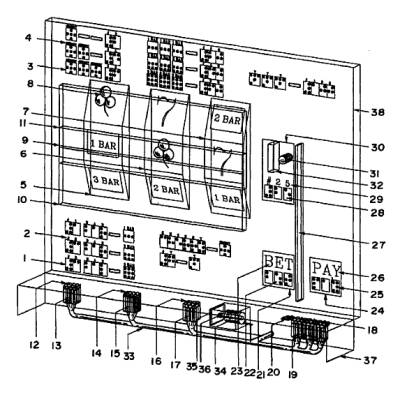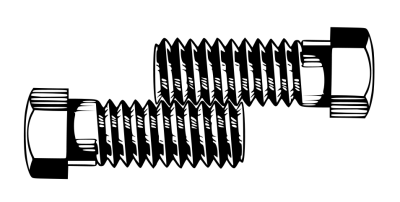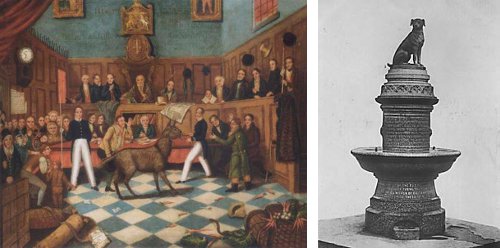
Edward B. Kaplan patented a unique idea in 1995: a braille slot machine.
A pad of pins corresponds to each reel in the machine; as the reels spin, the braille display changes under the player’s fingers until the winning combination is displayed. If the player wins, the machine vibrates slightly.
Any winnings are credited to the machine until the player presses a payout button. “This will also deter any theft from any other individuals.”



